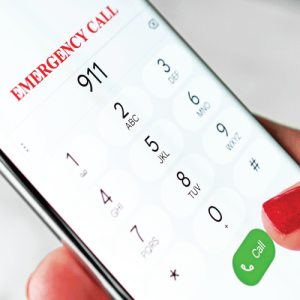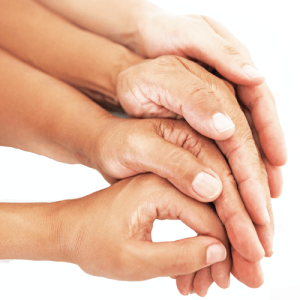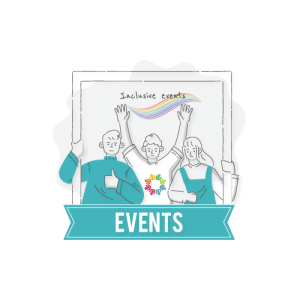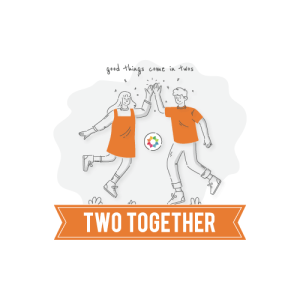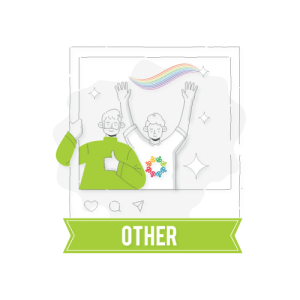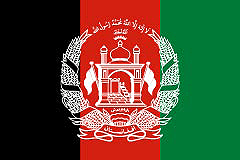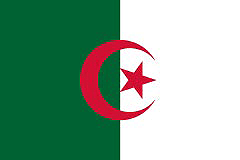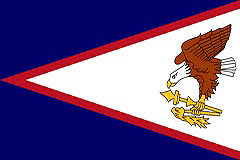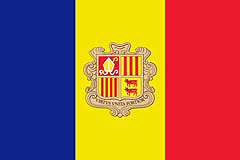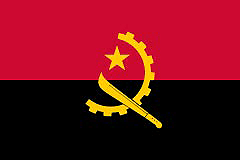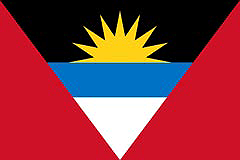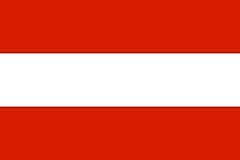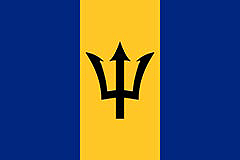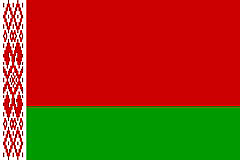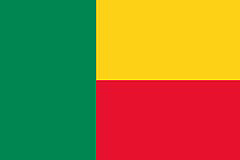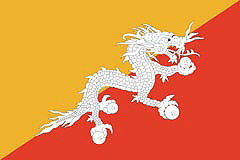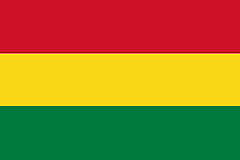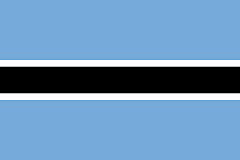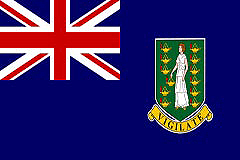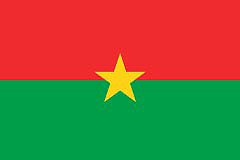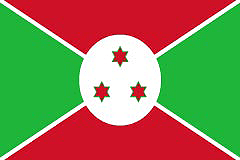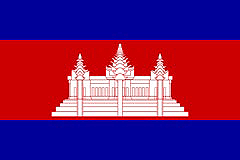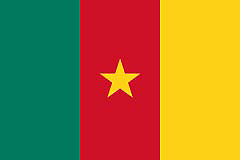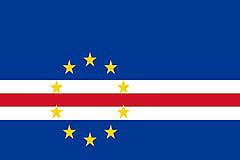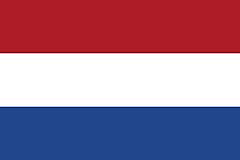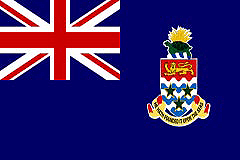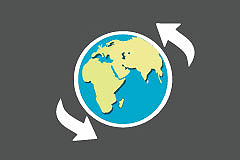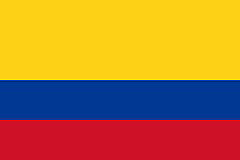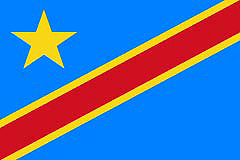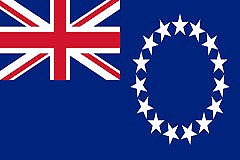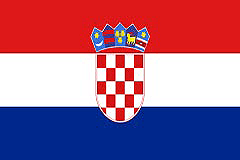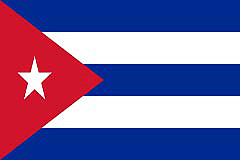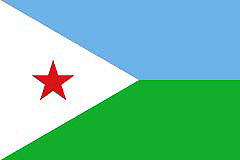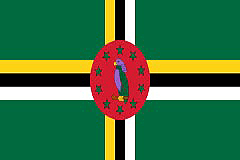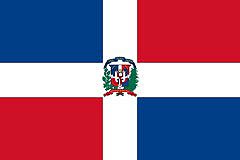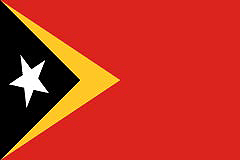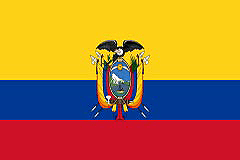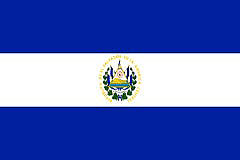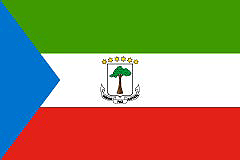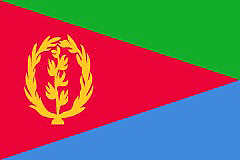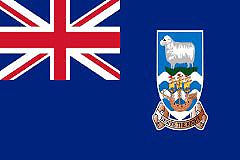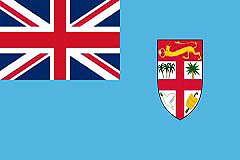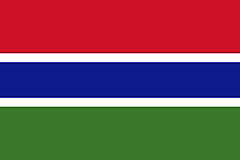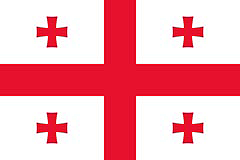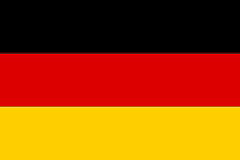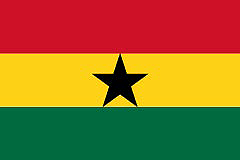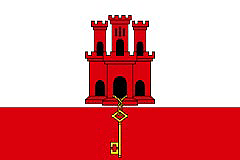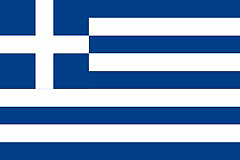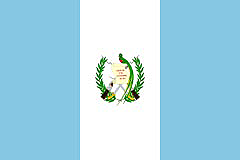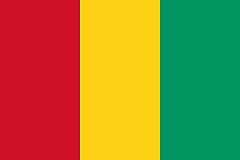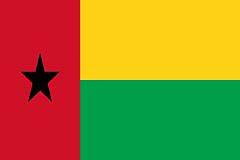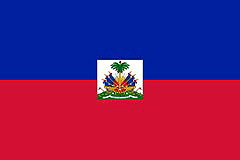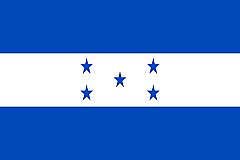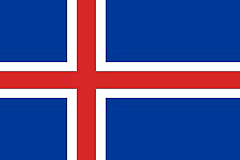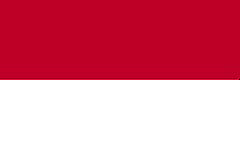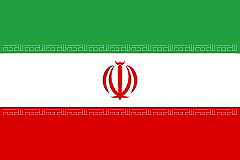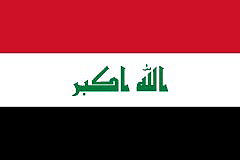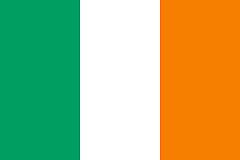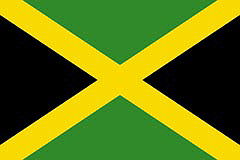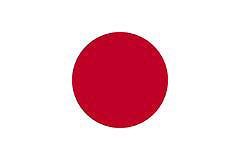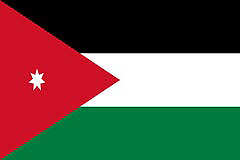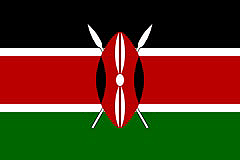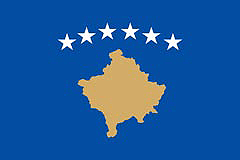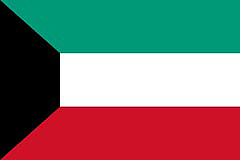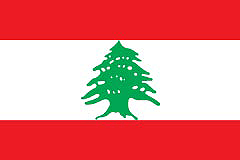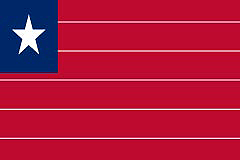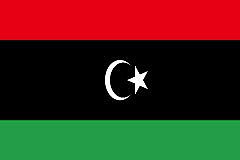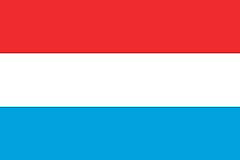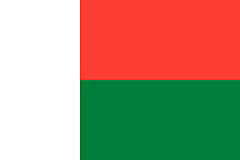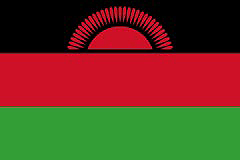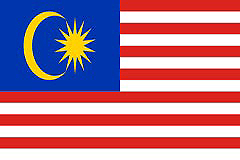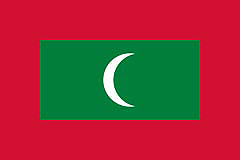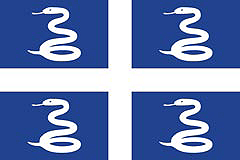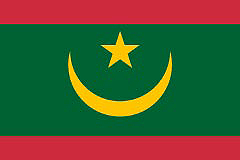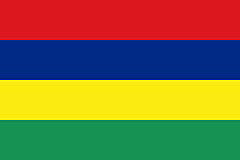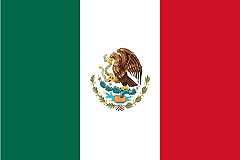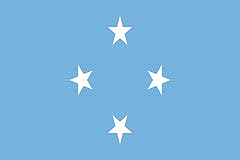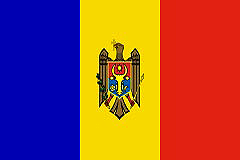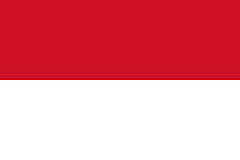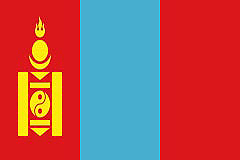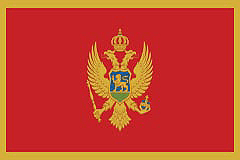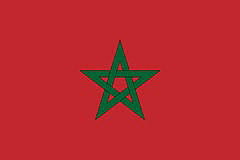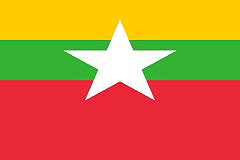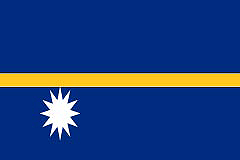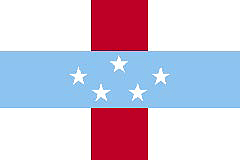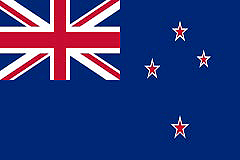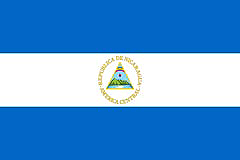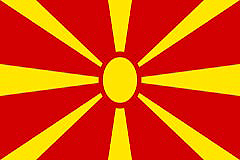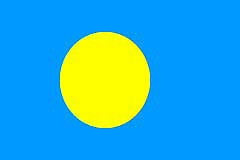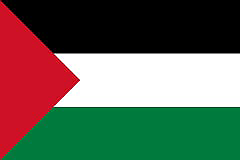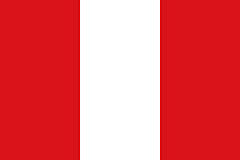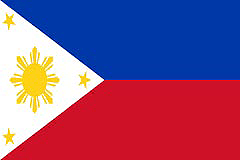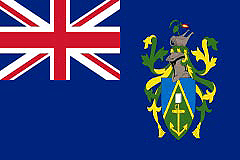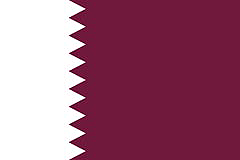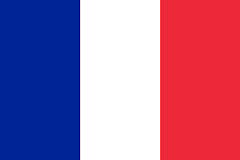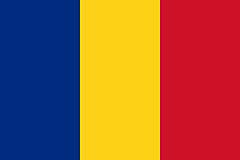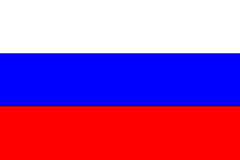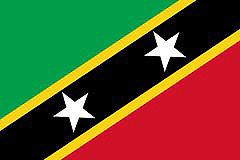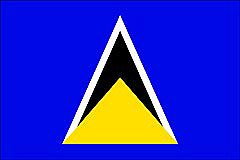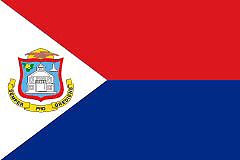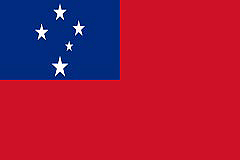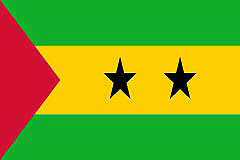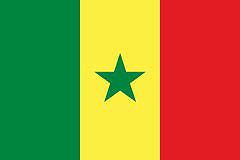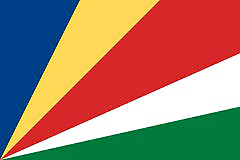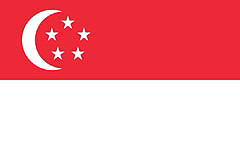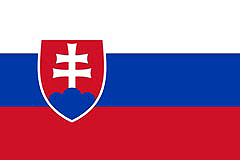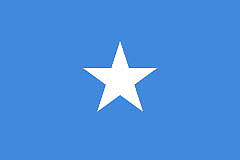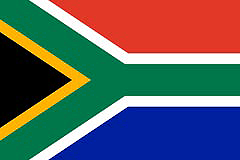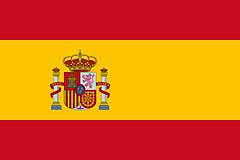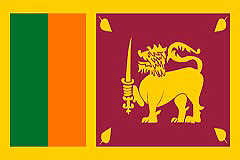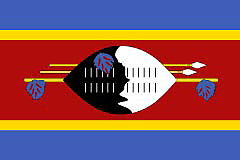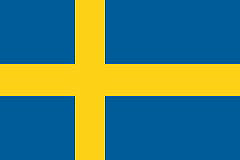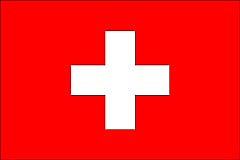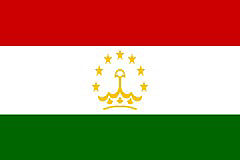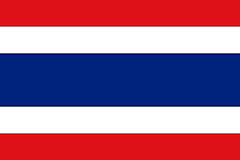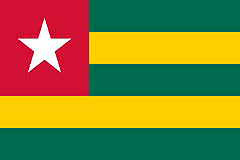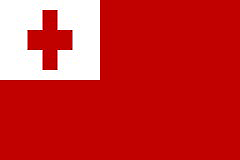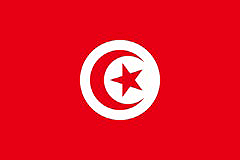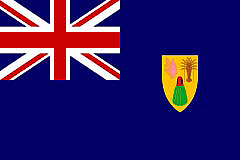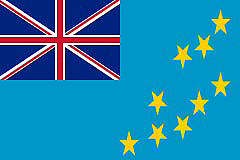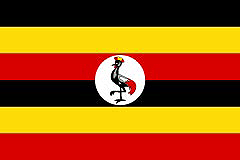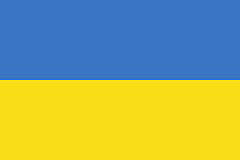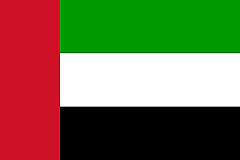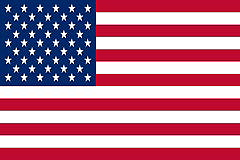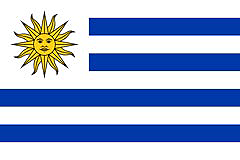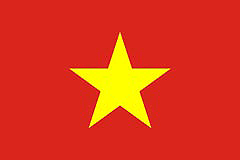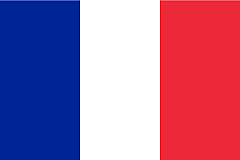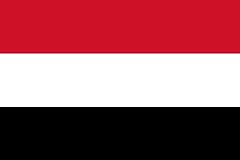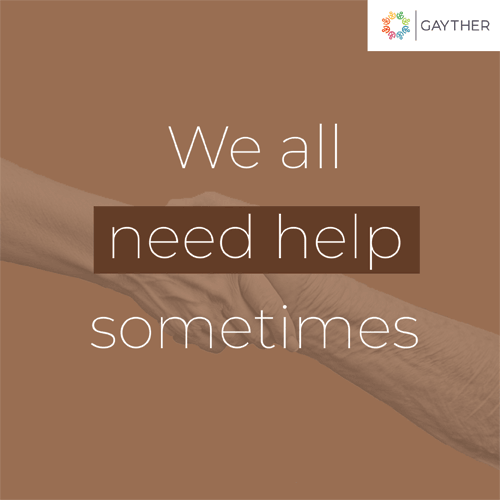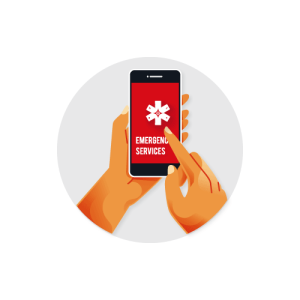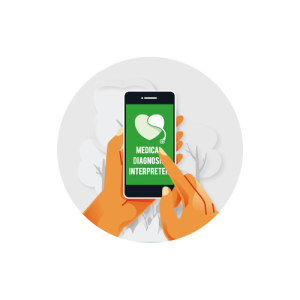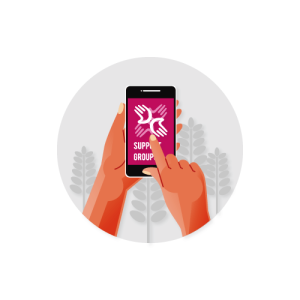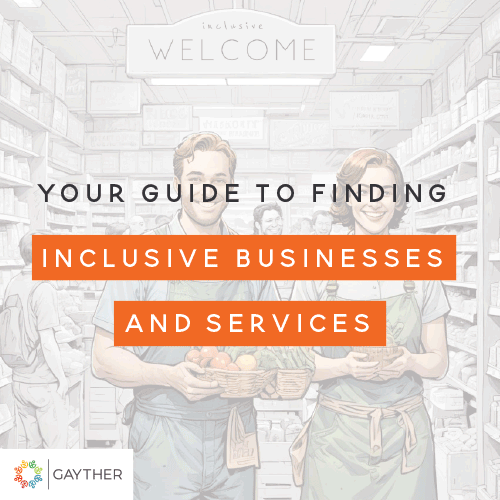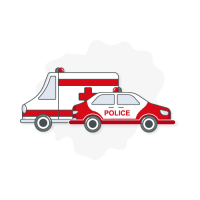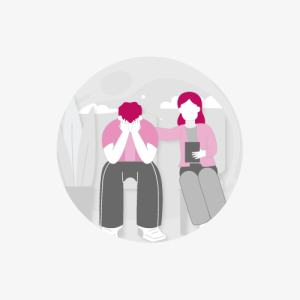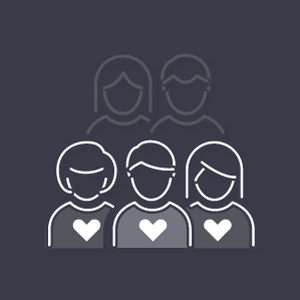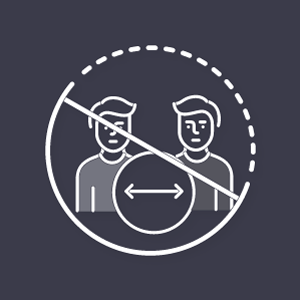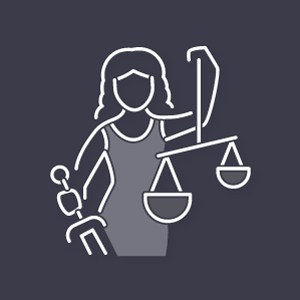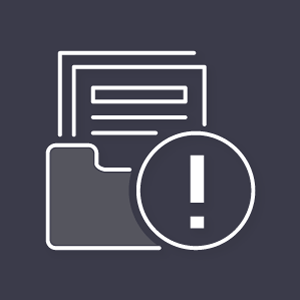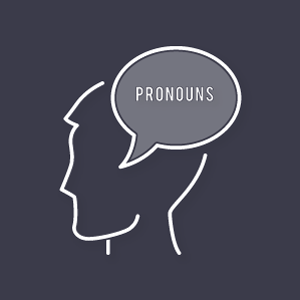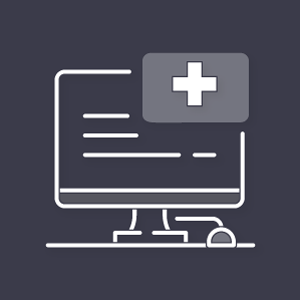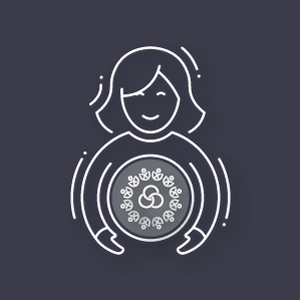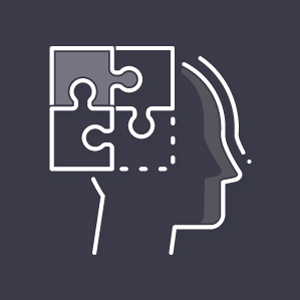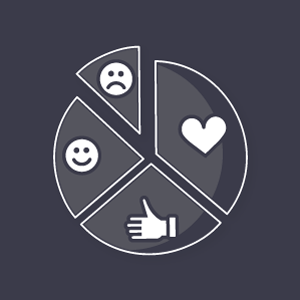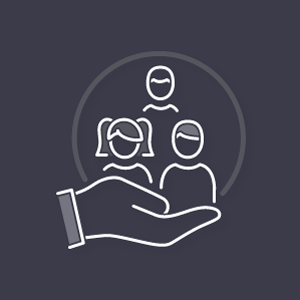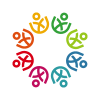
Refugee and Migrants' Country Guides


 AFGHANISTAN
AFGHANISTAN ALBANIA
ALBANIA ALGERIA
ALGERIA AMERICAN SAMOA
AMERICAN SAMOA ANDORRA
ANDORRA ANGOLA
ANGOLA ANGUILLA
ANGUILLA ANTIGUA AND BARBUDA
ANTIGUA AND BARBUDA ARGENTINA
ARGENTINA ARMENIA
ARMENIA AUSTRALIA
AUSTRALIA AUSTRIA
AUSTRIA AZERBAIJAN
AZERBAIJAN BAHAMAS, THE
BAHAMAS, THE BAHRAIN
BAHRAIN BANGLADESH
BANGLADESH BARBADOS
BARBADOS BELARUS
BELARUS BELGIUM
BELGIUM BELIZE
BELIZE BENIN
BENIN BERMUDA
BERMUDA BHUTAN
BHUTAN BOLIVIA
BOLIVIA BOSNIA AND HERZEGOVINA
BOSNIA AND HERZEGOVINA BOTSWANA
BOTSWANA BRAZIL
BRAZIL BRITISH VIRGIN ISLANDS
BRITISH VIRGIN ISLANDS BRUNEI DARUSSALAM
BRUNEI DARUSSALAM BULGARIA
BULGARIA BURKINA FASO
BURKINA FASO BURUNDI
BURUNDI CAMBODIA
CAMBODIA CAMEROON
CAMEROON CANADA
CANADA CAPE VERDE (CABO VERDE)
CAPE VERDE (CABO VERDE) CARIBBEAN NETHERLANDS
CARIBBEAN NETHERLANDS CAYMAN ISLANDS
CAYMAN ISLANDS CENTRAL AFRICAN REPUBLIC
CENTRAL AFRICAN REPUBLIC CHAD
CHAD CHANNEL ISLANDS
CHANNEL ISLANDS CHILE
CHILE CHINA, PEOPLE’S REPUBLIC
CHINA, PEOPLE’S REPUBLIC COLOMBIA
COLOMBIA COMOROS
COMOROS CONGO, DEMOCRATIC REPUBLIC OF THE
CONGO, DEMOCRATIC REPUBLIC OF THE CONGO, REPUBLIC OF THE
CONGO, REPUBLIC OF THE COOK ISLANDS
COOK ISLANDS COSTA RICA
COSTA RICA CROATIA
CROATIA CUBA
CUBA CYPRUS (REPUBLIC OF CYPRUS)
CYPRUS (REPUBLIC OF CYPRUS) CZECH REPUBLIC (CZECHIA)
CZECH REPUBLIC (CZECHIA) DENMARK
DENMARK DJIBOUTI
DJIBOUTI DOMINICA
DOMINICA DOMINICAN REPUBLIC
DOMINICAN REPUBLIC EAST TIMOR (TIMOR-LESTE)
EAST TIMOR (TIMOR-LESTE) ECUADOR
ECUADOR EGYPT
EGYPT EL SALVADOR
EL SALVADOR EQUATORIAL GUINEA
EQUATORIAL GUINEA ERITREA
ERITREA ESTONIA
ESTONIA ETHIOPIA
ETHIOPIA FALKLAND ISLANDS (LAS MALVINAS)
FALKLAND ISLANDS (LAS MALVINAS) FIJI
FIJI FINLAND
FINLAND FRANCE
FRANCE FRENCH GUIANA
FRENCH GUIANA FRENCH POLYNESIA
FRENCH POLYNESIA GABON
GABON GAMBIA, THE
GAMBIA, THE GEORGIA
GEORGIA GERMANY
GERMANY GHANA
GHANA GIBRALTAR
GIBRALTAR GREECE
GREECE GREENLAND
GREENLAND GRENADA
GRENADA GUADELOUPE
GUADELOUPE GUAM
GUAM GUATEMALA
GUATEMALA GUINEA
GUINEA GUINEA-BISSAU
GUINEA-BISSAU GUYANA
GUYANA HAITI
HAITI HONDURAS
HONDURAS HONG KONG
HONG KONG HUNGARY
HUNGARY ICELAND
ICELAND INDIA
INDIA INDONESIA
INDONESIA IRAN, ISLAMIC REPUBLIC OF
IRAN, ISLAMIC REPUBLIC OF IRAQ
IRAQ IRELAND
IRELAND ISLE OF MAN
ISLE OF MAN ISRAEL
ISRAEL ITALY
ITALY IVORY COAST (COTE D’IVOIRE)
IVORY COAST (COTE D’IVOIRE) JAMAICA
JAMAICA JAPAN
JAPAN JORDAN
JORDAN KAZAKHSTAN
KAZAKHSTAN KENYA
KENYA KIRIBATI
KIRIBATI KOREA, NORTH (DEMOCRATIC PEOPLE’S REPUBLIC OF KOREA)
KOREA, NORTH (DEMOCRATIC PEOPLE’S REPUBLIC OF KOREA) KOREA, SOUTH (REPUBLIC OF KOREA)
KOREA, SOUTH (REPUBLIC OF KOREA) KOSOVO, REPUBLIC OF
KOSOVO, REPUBLIC OF KUWAIT
KUWAIT KYRGYZSTAN
KYRGYZSTAN LAOS
LAOS LATVIA
LATVIA LEBANON
LEBANON LESOTHO
LESOTHO LIBERIA
LIBERIA LIBYA
LIBYA LIECHTENSTEIN
LIECHTENSTEIN LITHUANIA
LITHUANIA LUXEMBOURG
LUXEMBOURG MACAU
MACAU MADAGASCAR
MADAGASCAR MALAWI
MALAWI MALAYSIA
MALAYSIA MALDIVES
MALDIVES MALI
MALI MALTA
MALTA MARSHALL ISLANDS
MARSHALL ISLANDS MARTINIQUE
MARTINIQUE MAURITANIA
MAURITANIA MAURITIUS
MAURITIUS MAYOTTE
MAYOTTE MEXICO
MEXICO MICRONESIA, FEDERATED STATES OF
MICRONESIA, FEDERATED STATES OF MOLDOVA
MOLDOVA MONACO
MONACO MONGOLIA
MONGOLIA MONTENEGRO
MONTENEGRO MOROCCO
MOROCCO MOZAMBIQUE
MOZAMBIQUE MYANMAR
MYANMAR NAMIBIA
NAMIBIA NAURU
NAURU NEPAL
NEPAL NETHERLANDS
NETHERLANDS NETHERLANDS ANTILLES
NETHERLANDS ANTILLES NEW CALEDONIA
NEW CALEDONIA NEW ZEALAND
NEW ZEALAND NICARAGUA
NICARAGUA NIGER
NIGER NIGERIA
NIGERIA NIUE
NIUE NORTH MACEDONIA
NORTH MACEDONIA NORTHERN MARIANA ISLANDS
NORTHERN MARIANA ISLANDS NORWAY
NORWAY OMAN
OMAN PAKISTAN
PAKISTAN PALAU
PALAU PALESTINE, STATE OF
PALESTINE, STATE OF PANAMA
PANAMA PAPUA NEW GUINEA
PAPUA NEW GUINEA PARAGUAY
PARAGUAY PERU
PERU PHILIPPINES
PHILIPPINES PITCAIRN ISLANDS
PITCAIRN ISLANDS POLAND
POLAND PORTUGAL
PORTUGAL PUERTO RICO
PUERTO RICO QATAR
QATAR REUNION
REUNION ROMANIA
ROMANIA RUSSIA
RUSSIA RWANDA
RWANDA SAINT BARTHELEMY (BARTS)
SAINT BARTHELEMY (BARTS) SAINT HELENA
SAINT HELENA SAINT KITTS AND NEVIS
SAINT KITTS AND NEVIS SAINT LUCIA
SAINT LUCIA SAINT MARTIN (DUTCH)
SAINT MARTIN (DUTCH) SAINT MARTIN (FRENCH)
SAINT MARTIN (FRENCH) SAINT PIERRE AND MIQUELON
SAINT PIERRE AND MIQUELON SAINT VINCENT AND THE GRENADINES
SAINT VINCENT AND THE GRENADINES SAMOA
SAMOA SAN MARINO
SAN MARINO SAO TOME AND PRINCIPE
SAO TOME AND PRINCIPE SAUDI ARABIA
SAUDI ARABIA SENEGAL
SENEGAL SERBIA
SERBIA SEYCHELLES
SEYCHELLES SIERRA LEONE
SIERRA LEONE SINGAPORE
SINGAPORE SLOVAKIA
SLOVAKIA SLOVENIA
SLOVENIA SOLOMON ISLANDS
SOLOMON ISLANDS SOMALIA
SOMALIA SOUTH AFRICA
SOUTH AFRICA SOUTH SUDAN
SOUTH SUDAN SPAIN
SPAIN SRI LANKA
SRI LANKA SUDAN
SUDAN SURINAME
SURINAME SWAZILAND (ESWATINI)
SWAZILAND (ESWATINI) SWEDEN
SWEDEN SWITZERLAND
SWITZERLAND SYRIA
SYRIA TAIWAN
TAIWAN TAJIKISTAN
TAJIKISTAN TANZANIA
TANZANIA THAILAND
THAILAND TOGO
TOGO TOKELAU
TOKELAU TONGA
TONGA TRINIDAD AND TOBAGO
TRINIDAD AND TOBAGO TUNISIA
TUNISIA TURKIYE (TURKEY)
TURKIYE (TURKEY) TURKMENISTAN
TURKMENISTAN TURKS AND CAICOS ISLANDS
TURKS AND CAICOS ISLANDS TUVALU
TUVALU UGANDA
UGANDA UKRAINE
UKRAINE UNITED ARAB EMIRATES (UAE)
UNITED ARAB EMIRATES (UAE) UNITED KINGDOM (UK)
UNITED KINGDOM (UK) UNITED STATES OF AMERICA (USA)
UNITED STATES OF AMERICA (USA) URUGUAY
URUGUAY US VIRGIN ISLANDS
US VIRGIN ISLANDS UZBEKISTAN
UZBEKISTAN VANUATU
VANUATU VATICAN CITY (HOLY SEE)
VATICAN CITY (HOLY SEE) VENEZUELA
VENEZUELA VIETNAM
VIETNAM WALLIS AND FUTUNA
WALLIS AND FUTUNA YEMEN
YEMEN ZAMBIA
ZAMBIA ZIMBABWE
ZIMBABWEAll of the countries around
the world
 Click on a region to discover more
Click on a region to discover moreEstablishing the status of any given country and whether it is
safe
Learn more about the likely status of any given country based on a range of factors, such as if any conflicts are taking place, the economic situation and the state of democracy. The list of countries is organised in alphabetical order, and if you want to learn more about any given country, please click on the flag, or the country name, which will open the required content in a new window
Helping you to understand all of the
common terms and phrases
- The following section has been created to provide general and basic understandings regarding asylum and refugee definitions. The information does not constitute advice as it does not consider your personal circumstances. If you are in a dangerous situation or believe you must flee your country for your safety. You should contact any available specialist charities, organisations or services that can assist and advise on your current situation. To find services in your local area, click here to access the Gayther Refugee and Migrant directory or visit the United Nations Refugee Agency help and information service
- It is vital that before you provide any personal information, especially details that could be used against you, are considered illegal or could result in your persecution that you consider to whom you are speaking and how any information you provide will be used
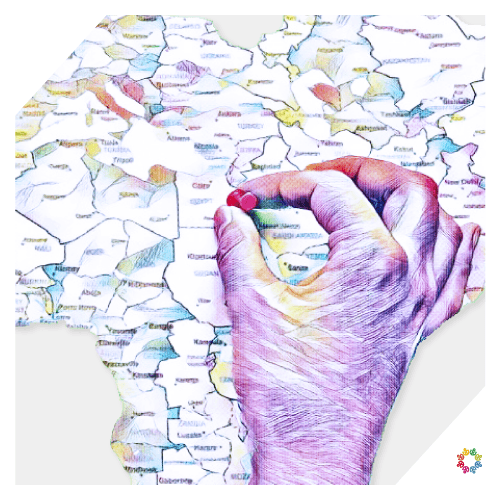
A qualifying safe country is often defined within the Geneva Convention and Protocol as meeting any of the criteria listed below:
- Operates a democratic system where the government or ruling party are elected by the country’s citizens (led by the people). Also, where the general political environment allows for civil freedoms and is not repressive or restrictive
- Free from armed conflict such as civil wars, conflicts between two or more countries, expeditionary or asymmetric warfare
- No fear of persecution for the majority, minority or any of the ethnicities or communities across the country. Where there is no threat of violence or torture, whether carried out directly by the government or state endorsed through third-party groups or vigilantes
- Where the ruling party within the country does not endorse nor implement inhuman, degrading treatments or punishments
Though the criteria are typically straightforward, this is no universal or agreed list of safe countries as often the definition and application are up for interpretation by each country.
The term country of origin is often used to define where a migrant, refugee or asylum seeker originates or comes from. Even though in some situations, individuals may have left their home country months, even years, before applying for citizenship or asylum within a new, safer country. Often, leaving their country of origin for fear of persecution and returning would likely result in death. Many may travel long distances to reach their final destination, their desired safe country.
In contrast, the safe third-country term is typically used when a refugee or asylum seeker has passed through one or more safe countries before seeking asylum. For example, suppose a refugee wanted to travel to France to be united with family and travel through several safe European countries. In that case, all those countries they pass through may be considered safe third countries. It is essential because those countries that have signed up to the Geneva 1951 Refugee Convention and the subsequent 1967 protocol agreed to specific definitions and criteria. One crucial measure is that those abiding countries cannot expel or return a refugee if the refugee’s life or freedom is threatened. However, there have been situations in which a country has deported refugees and migrants back to the last safe third country

No, not all countries signed up to the Geneva Refugee Convention or Protocol. In contrast, others have policies and legislation in place in which they do not accept or welcome refugees or asylum seekers. In some situations, especially in countries with small populations, the government may be unable to offer assistance due to a lack of infrastructure, services or assistance.
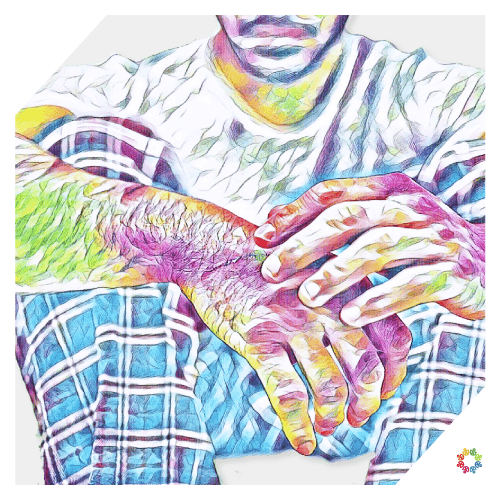
As defined within the Geneva Refugee Conversion and Protocol, asylum seekers must demonstrate some form of persecution within one or more of the five protected grounds. The application by countries of the qualifying grounds is not always standard; however, general definitions are as follows:
- Race is a term used to describe a group of people who share physical characteristics, such as skin colour and facial features. The race-protected grounds cover ethnicities, those from similar social or cultural identities and ancestral backgrounds. The race-protected grounds will usually be used by people who belong to a persecuted minority group or ethnicity
- Religion describes a person’s beliefs and any religious group or groups they may belong to. Examples of religious groups include Christianity, Islam, Judaism and Hinduism. The religious protective group will usually be used by people who are fleeing violence or persecution due to their religious beliefs
- Nationality is used to describe citizenship or membership in a particular nation. The nationality protective group will typically be used by people fleeing armed conflicts and upheavals that threaten their safety
- Membership in a particular social group is somewhat generic and typically involves two parts. The first is the person has to belong to a specific social group. The social group will share characteristics and common backgrounds that cannot be changed. The group will share an aspect or belief fundamental to their identity or conscience that they should not be forced to renounce. The second part relates to the social group having a distinct identity within a specific country and being seen as different by society. The protective membership group will usually be used by LGBTQIA+ people who are fleeing persecution, as well as those groups part of a particular social or professional status such as aristocracy, authors and journalists
- Political opinion describes those individuals fleeing persecution due to their political views and affiliations. Typically, those who flee due to political opinions may oppose a particular country ruling party or government and, as a result, are targeted. The political opinion protective group will likely comprise civil servants, members of labour unions, political organisations, and certain clubs or societies
Interpretations, definitions and application of the protective grounds will differ for each country. Speaking to charities and specialist organisations and services within your chosen destination is advisable to understand the rules and what grounds you would qualify for before applying. In addition, if you qualify for more than one protective grounds, you may not be required to disclose all grounds. For example, if you are from a country at war and identify as LGBTQIA+, you would likely qualify under the protective grounds of nationality. A ground in which the application is less open to subjectivity than, say, the membership in a particular social group would be for LGBTQIA+ individuals.
To qualify for refugee and asylum status:
- You would need to be outside the country of your origin/nationality
- You have evidence or can prove a fear of being persecuted, especially where returning would likely result in your death, torture or imprisonment
- Be within a safe country that accepts refugee and asylum applications
To reduce the risk of being returned or deported back to your home country, you must be able to provide evidence. Evidence proving that returning home would result in your death, torture or imprisonment. Those countries that signed up to the Geneva Convention and Protocol are not able to expel or return a refugee if the refugee’s life or freedom is threatened
Typically, you can claim asylum upon arrival to your chosen safe country. The process and assessment will likely be different for each country; however, the UN Refugee Agency provides helpful information and guides relating to asylum applications; click here to access the Information for Refugees, Asylum-seekers and Stateless People service (https://help.unhcr.org/)

A form of government is a category or classification relating to a given country’s political structure and system. How the government is run or operates will depend on the involvement of citizens in choosing who can lead or form a government: the more involved people are, the more democratic, and the less involved, the more authoritarian the system.
The refugees and migrant country guide use five terms regarding forms of government. The five terms and their meanings are:
- Full Democracy – a full democracy is one where a country offers all its citizens civil liberties and freedoms. Where those living within that country can freely elect officials and where political freedoms are respected and reinforced by democratic principles. The country will have sufficient processes and controls to ensure that the government has oversight, that an independent judiciary is in place, and that decisions are upheld and respected
- Flawed or Defective Democracy – a flawed democracy is typically used to describe a country that follows democratic principles, where elections are freely held and fair but where there are known issues such as suppression of political opposition, low levels of voter participation and issues in the functioning of the government. Flawed democracies will typically fall within one of the four definitions:
- Exclusive democracies – though the country is democratic for many citizens, it is not universal, excluding and not guaranteeing the rights of all that live within that country. An example would be the period of apartheid in South Africa
- Domain democracies – typically democratically elected officials have their powers and decision-making abilities taken away in certain areas or situations by unelected officials, such as when guerrilla forces take control of cities or regions within a country
- Illiberal democracies – typically occur when a country’s constitution is weak, incomplete or damaged. Where the government’s legitimacy or the rule of law is undermined or not enforced
- Delegative democracies – occur where one branch of government becomes powerful enough to control the entire government
- Hybrid Regime – hybrid regimes will typically be countries in which electoral fraud occurs, interfering and preventing democratic processes from taking place. The government of a hybrid regime will likely
- apply pressure and limit anyone in political opposition
- be subject to widespread corruption at all levels of government
- Suppress stories and harass members of the media
- Put in place non-independent oversight within its judiciary (legal system)
- Failure of the rule of law to be upheld and respected by the ruling government
- Authoritarian – authoritarian, dictatorships, and autocracies are regimes in which power is centralised and held by a specific group of individuals within the population and where there are suppressed or no political challengers. The citizens within that country will likely experience political repression, and people typically have no choice or rights regarding who governs the country. The regime often expects and enforces unquestioning obedience to authority to maintain social order within its population
- Unknown – a county that is determined as unknown will typically be defined by one of the following groups:
- Insufficient public information available to assess the form of government
- A de facto or non-UN member state that is not internationally recognised
- A country that is experiencing a shift in its political structure, such as a result of a coup or forced takeover
- A small nation with a limited population size to provide sufficient oversight of its political system
There are thousands of events taking place, it is not always easy to know what is going on and when, Gayther can help
simple explanations of the
index
The Safe Country index is an indicative measure for refugees and migrants. An index that scores individual countries based on compiled data to establish if it would likely be considered safe or unsafe. The data used to calculate the score are based on fundamental freedoms; however, it does not mean all countries would classify them in the same way. The index is only meant to be used as a simple measure or guide as it is not part of a widely used scoring system. In addition, it also does not reflect the standards or definitions used by countries worldwide.
What is a safe country?
A safe country of origin, defined within the Geneva Convention, is free from international or internal armed conflict. One that does not persecute, use the threat of violence or torture its citizens, whether temporarily or permanently. Furthermore, it neither endorses nor implements inhuman, degrading treatments or punishments. Lastly, it operates a democratic system, and the general political environment allows for civil freedoms. Each country implements its own definition of what makes a safe country, and all countries do not use one list…learn more about safe countries
- The following section has been created to provide general and basic understandings regarding asylum and refugee definitions. The information does not constitute advice as it does not consider your personal circumstances. If you are in a dangerous situation or believe you must flee your country for your safety. You should contact any available specialist charities, organisations or services that can assist and advise on your current situation. To find services in your local area, click here to access the Gayther Refugee and Migrant directory or visit the United Nations Refugee Agency help and information service
- It is vital that before you provide any personal information, especially details that could be used against you, are considered illegal or could result in your persecution that you consider to whom you are speaking and how any information you provide will be used
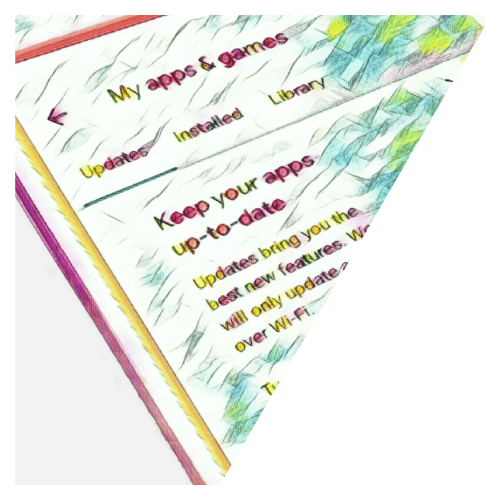
To keep up to date, we will typically update all of our indices in the first quarter of every year (before March) to keep a consistent position. Should a landmark event occur, we would endeavour to change all relevant indices as quickly as possible.
When reviewing data, it is crucial to understand what it represents and whether it reflects the world and the experience of all those affected. Changes within any given country or region are not restricted to a specific month of the year or even are automatically triggered. Conflict, instability and the transition of a country’s position regarding particular areas of the law or specific groups within society can dramatically change quickly, so it is important to understand the latest situation at any given time and how it might affect you.
You can establish the current status within any given country or region by visiting your county’s ministry for overseas affairs or the United Nations High Commissioner for Refugees (UNHCR) information service.
Gayther...your community resource
Three dedicated websites offer various tools, services, guides, and much more. Free tools and services tailored toward all groups within the global LGBTQIA+ community
Discover more about the extensive tools, services and guides available on Gayther. From country and regional guides to LGBTQIA+ community resources, learn more about all that Gayther has to offer

